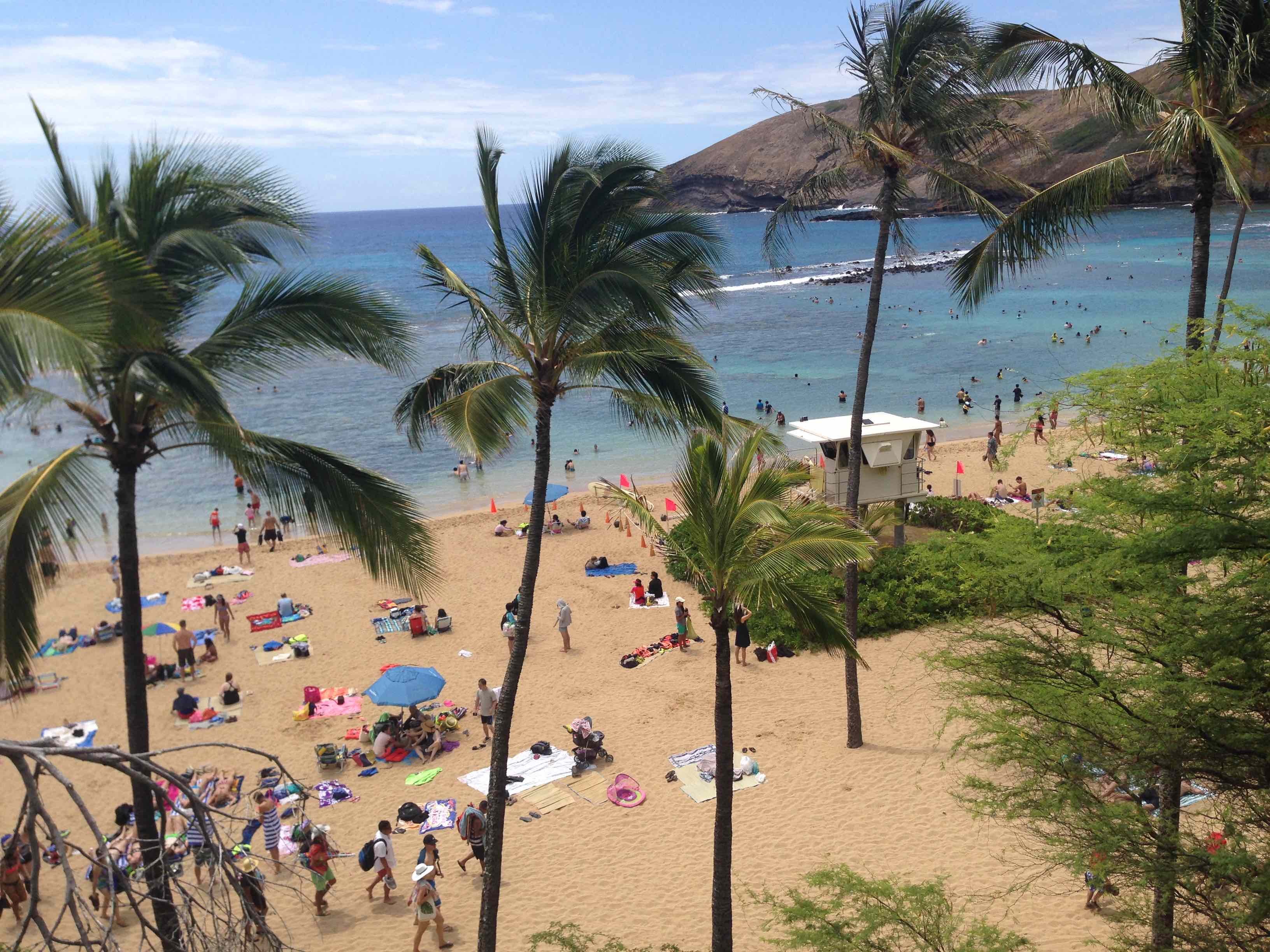
Progress in the Hawaii Department of Health's (HDOH) public notification program could be seen at the beach last week as Clean Water Branch employees posted signs at Ko Olina lagoon on Oahu warning the public of high bacteria results obtained from their routine beach water quality monitoring program. Watch coverage on KHON2 TV.
The State of Hawaii, like every other US coastal state, receives funding from the Environmental Protection Agency through the BEACH Act Grants Program to help pay for their beach water quality monitoring and public notification program. In order to remain eligible for continued funding, HDOH was required by EPA last summer to start posting signs at the beach whenever bacteria levels exceed the health standard after Surfrider raised the issue with both agencies and ran a successful public awareness campaign pointing out the deficiency. Up until now, HDOH would only post warning signs if there was a verified human source of pollution such as sewage discharge or a failing cesspool, and high bacteria levels recorded by their own monitoring program would largely go unnoticed at the beach. Since last summer, Surfrider has put in a tremendous amount of effort meeting with HDOH and EPA staff to help shape a successful public notification program that will provide timely information to beach goers on where it is safe to get into the water to surf or swim, and we are very thankful to see the fruits of these labors show up on the beach. Read more about Surfrider's developing partnership with HDOH here.
There is still work to be done. Surfrider and HDOH are holding discussions with the Hawaii Lifeguard Association and county lifeguard departments about assisting in posting advisories at the beach so that both Brown Water Advisories and advisories issued because of high test results can happen quicker and doesn't depend on Clean Water Branch staff getting back out to the beach immediately. We also intend to assist HDOH in their public outreach efforts so that people at the beach understand what these signs mean and can make informed decisions to protect their health. Read more about the health risks associated with swimming in recreational waters that don't meet health standards here.
Surfrider is also hoping HDOH will also get more of the chronically polluted recreational sites posted soon that are not necessarily part of their regular beach monitoring program but still pose a hazard to human health. Of particular concern, are a number of popular recreational spots located where streams flow across the beach and discharge into the ocean, where the Kaua'i BWTF program has recorded high bacteria levels that exceed the health standard nearly every time they have been tested over the past 7+ years. HDOH posted a permanent sign last summer at Waiopili Stream warning the public of sustained high bacteria counts in the water, but unfortunately there are several more streams located at popular beaches that likewise need postings. See where the Kaua'i Chapter is testing and view their results on the BWTF website.
We also hope to see HDOH be more accepting and supportive of citizen science programs like the Blue Water Task Force. Especially given the uncertainty surrounding federal sources of funding for government-run environmental programs, state and local agencies are going to need to tap into the knowledge-base of community members and citizen sciences to help meet their missions of protecting the environment and public health.

